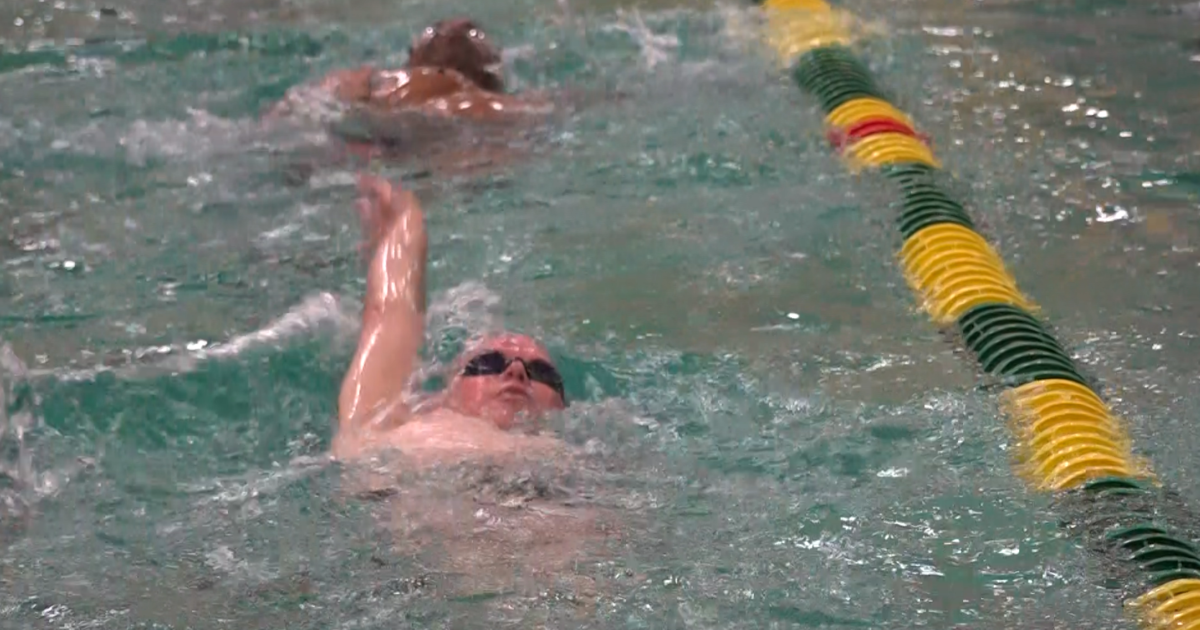Wayne State Prof Crashes Airplane For Science
DETROIT -- Wayne State University professor and biomedical engineering researcher Cynthia Bir specializes in impacts. But her latest project undoubtedly produced the biggest bang of her career.
Back in April, teamed with an international team of researchers, pilots and aircraft safety experts, Bir crashed a full-size passenger airplane into the remote desert along the U.S.-Mexico border, all in the name of science. The project was part of the Discovery Channel's newest series, called Curiosity.
This groundbreaking experiment looks at what actually happens during a plane crash and the science behind passengers' best chance for survival. Crash test dummies as well as sensors throughout the plane will reveal just what types of forces are unleashed in a typical plane crash. Video footage from inside the remote-controlled plane will enable viewers to see what happens at the moment of impact.
Bir said she was approached for the project "about four years ago actually" by a production company called Dragonfly.
It took four years to pull off the crash, she said, because "we had a lot of things to figure out along the way -- one of which was just where we were going to do it, whether it would be possible, how many crash test dummies we'd use -- we wound up with three because of the cost." In the end, Bir said, hundreds of people were involved on a safety team, a science team, and a flight team that included remote controlling the Boeing 727 that was crash-landed.
The Discovery channel in the United States, Channel 4 in the United Kingdom, and another network in Germany bought rights to the show created around the crash.
Bir said the Boeing 727 was crash landed in "what was meant to be a survivable crash" -- say, if something went wrong with a plane and it had to land in the countryside rather than on an airstrip. The landing gear were down when the plane landed on a dry Mexican lakebed.
Despite a controlled landing, Bir said the fuselage of the aircraft did break apart. So "there would have been fatalities on this particular crash in certain sections of the plane," where it broke apart, and passengers would have been ejected from the plane at high speed. But other sections of the plane, Bir said, emerged intact, and would have been survivable.
"Parts of the plane were completely intact, parts of the plane were scattered across the desert," Bir said.
Two of the crash test dummies were placed in "brace" positions, while one was not. And while smart-alecks love to make fun of bracing your body for anything so violent as a plane crash, Bir emphasized: "The take-home message here is that when they say to brace, you need to brace. In unbraced position you are a lot more vulnerable. Your head's exposed, and there's a lot of debris flying around. You're also less likely to injure your lower back if you're braced."
Overall, Bir said the crash was "a good show."
Bir is scheduled to discuss the show and her research on Good Morning America and Nightline, both on ABC, on Monday.
The episode featuing the crash premieres at 9 p.m. Sunday, Oct. 7. on the Discovery Channel.



